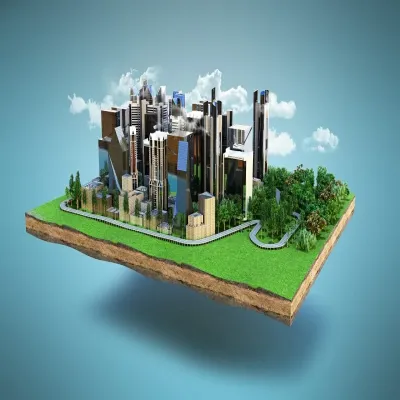Istanbul, a city where East meets West and history intersects with modernity, has seen a remarkable transformation in its real estate landscape over recent decades. The evolution of Istanbul projects reflects broader shifts in urban development, technological advancements, and changing lifestyle preferences, showcasing the city’s adaptability and dynamic growth.
1. Historical Foundations: From Traditional to Modern
Istanbul’s real estate journey began with traditional Ottoman architecture and historical neighborhoods, characterized by grand palaces, charming wooden houses, and bustling markets. These historical Istanbul projects were not just about creating living spaces but were integral to the city’s cultural and social fabric.
As Turkey’s economy began to grow in the late 20th century, the demand for modern living spaces surged. The traditional housing model gave way to new developments, reflecting global architectural trends and contemporary urban needs.
Istanbul projects transitioned from historical renovations to ambitious new constructions, blending modern comforts with the city’s rich heritage.
2. The Rise of High-Rise Living: Shaping the Skyline
The early 2000s marked a significant shift with the emergence of high-rise residential and commercial developments. This era saw a surge in Istanbul projects that sought to maximize space and offer modern amenities. Iconic skyscrapers began to dot the skyline, reflecting global architectural trends and catering to a growing middle and upper class.
Neighborhoods such as Levent, Maslak, and Şişli became prime locations for these high-rise developments. These areas, traditionally known for their business districts, evolved into vibrant residential hubs. The emphasis on luxury apartments, state-of-the-art facilities, and panoramic views set a new standard in Istanbul’s real estate market.
3. Mixed-Use Developments: Integrating Living, Working, and Leisure
The 2010s ushered in a new era of real estate development with a focus on mixed-use projects. These Istanbul projects integrated residential, commercial, and recreational spaces into single complexes, reflecting a shift towards more integrated urban living. Developments like the Emaar Square Mall and the Zorlu Center exemplify this trend, offering residents not just homes but a comprehensive lifestyle experience.
Mixed-use developments cater to the evolving needs of modern urban dwellers, who seek convenience and accessibility. By combining offices, retail spaces, and leisure facilities, these projects create vibrant communities where everything is within reach, reducing the need for lengthy commutes and enhancing quality of life.
4. Sustainable and Smart Living: The Future of Istanbul Projects
In recent years, sustainability and smart technology have become central to Istanbul projects. As the city continues to grow, there is a strong emphasis on creating environmentally friendly and technologically advanced living spaces. Green building practices, energy-efficient designs, and smart home technologies are increasingly featured in new developments.
Projects like the Central Park Istanbul and the İstanbul Sapphire incorporate eco-friendly features and innovative technologies, addressing both environmental concerns and the demand for modern conveniences. These developments reflect a broader trend towards sustainable urban planning, with a focus on reducing carbon footprints and enhancing residents’ well-being.
5. The Revival of Historic Areas: Blending Old and New
Another noteworthy trend is the revival and redevelopment of historic neighborhoods. Areas such as Karaköy and Galata are being transformed with modern amenities while preserving their historical charm. Istanbul projects in these regions aim to balance historical preservation with contemporary functionality, attracting both locals and tourists.
These revitalization efforts not only preserve Istanbul’s rich architectural heritage but also integrate modern living standards into these historic areas. By doing so, they contribute to the city’s unique character and offer residents a blend of historical ambiance and modern comfort.
Conclusion
The evolution of real estate projects in Istanbul reflects the city’s dynamic growth and adaptability. From its historical roots to the rise of high-rise living, mixed-use developments, and sustainable innovations, Istanbul continues to set trends in the global real estate market. As the city evolves, Istanbul projects will undoubtedly keep pushing boundaries, blending tradition with modernity to create spaces that reflect the city’s ever-changing identity.
.webp)














